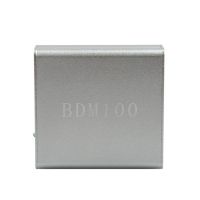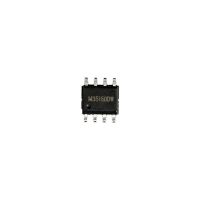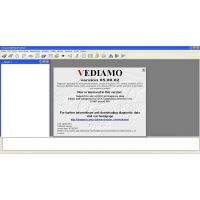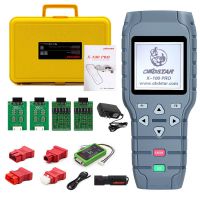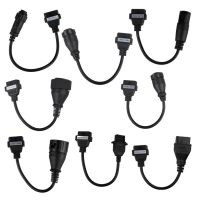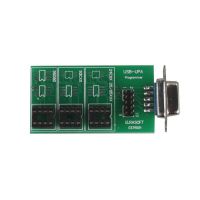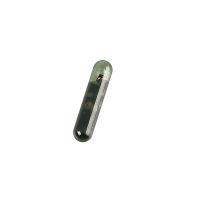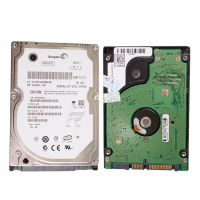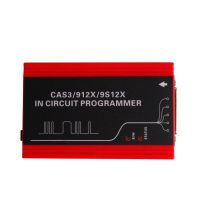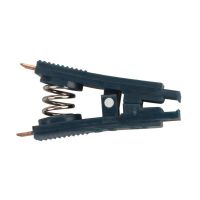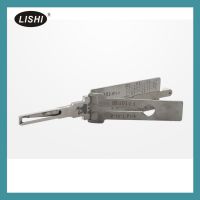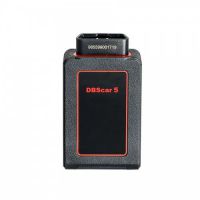HUMZOR NexzCheck NC501 OBD2 scanner is suitable for DIY Users
I bought HUMZOR NexzCheck NC501 OBD2 scanner considering its prices (only 50USD), features, compact outlook and TFT Color Screen, and it had practically saved my time and my money. NC501 could perform a number of features that were helpful to faster vehicle repair and maintenance, such as it was effectively in reading and clearing specific systems’ codes. Recently, my Check Engine light popped up after my car was slightly hit at the parking by another reversing vehicle. Read codes with this scanner, and it turned out to be a slight problem that could be definitely fixed on my own. Instead of visiting the mechanic shop, I repaired it on my own. And undoubtedly I did it perfectly – perfectly turned the warning light off. BTW, adjacent to all the DTCs were their definitions, which made it easier to figure out the problems. For DIY, NC501 OBD2 scanner was truly good enough, at least for me, it well met what I needed for problem solving, moreover, it had a competitive price.
My first impression to HUMZOR NexzCheck NC501:
HUMZOR NexzCheck NC501 unit is reasonably well constructed and should survive the odd knock or two. The color screen is cute and clear, the keyboard firm and positive to use. As the keyboard is not of the membrane type then I guess one should keep liquids/fluid away from it.
The rubber shell around feels good.
The three dedicated LEDs (Green – all Ok, Yellow – pending DTCs, Red – firm DTCs – MIL light activate) give a great quick guide as to vehicle EOBD status.
Directly press the I/M button for quickly enter into diagnostic function.
NC501 unit is so small that the owner can hold it in the palm of the hand or take in the pocket.

Next is to plug HUMZOR NexzCheck NC501 into the OBD2 port of car.
It’s plug and play, without installation on the computer.
The scan tool is powered via the vehicle Data Link Connector (DLC), don’t need to charge the power before using.
Finally is NexzCheck NC501OBD2 Scanner diagnosis operation.
All are menu-driven operation, it is easy to use. HUMZOR NexzCheck NC501OBDII scanner can do what I paid.
Only costs about $50 and for that you get quite a bit of capabilities aside from just reading trouble codes. It will obviously read trouble codes but it has a built-in code library so when it finds a code it will display what that code represents (i.e. P0420 – Catalyst Efficiency Below Threshold Bank 1). You can also look up a trouble code by entering it manually on the device through the “DTC Query” screen. It also supports manufacturer specific trouble codes so if a particular code is detected you just specify the manufacturer of your vehicle and the reader will display what that manufacturer code is for.

Another noted item is the capturing of live (Mode 6) data and being able to port that information to a computer. This kind of data is useful for diagnosing potential problems that may or may not cause a check engine light. Things like RPM, Exhaust Gas Temperature, Oxygen Sensor voltages, etc and you can graph their output over time and observe their waveform for any discrepancies. And as stated, you can “print” this data frame by frame to a PC and then print it out to take to your mechanic when you’re having trouble as it’ll help in their diagnosis by having some information already on hand. You can also review the data captured directly on the device as well through the “Review Data” screen and it looks to have three separate save locations for holding recordings.

Also ” Mode 8“. Mode 8 (The Component Test) function allows initiating a leak test for the vehicle’s EVAP system. The scan tool itself does not perform the leak test, but commands the vehicle’s on-board computer to start the test. Different vehicle manufacturers might have different criteria and methods for stopping the test once it has been started. Before starting the Component Test, refer to the vehicle service manual for instructions to stop the test.
1.Select Mode 8 from Diagnostic Menu and press the OK button.
2.If the test has been initiated by the vehicle, a confirmation message will be displayed on the screen.
3.Some vehicles do not allow scan tools to control vehicle systems or components. If the vehicle under test does not support the EVAP Leak Test, an advisory message is displayed on the screen.

Other items of note:
–Quick I/M readiness testing: With just a push of a button, the device will verify the I/M readiness of the vehicle and determine if it would pass/fail a state inspection/emissions inspection.
–On-board device monitoring and component testing: Depending on the control modules the scanner can get access to it can perform monitoring of certain components and give their reading and tell if they’re operating correctly. Also if it is supported, certain vehicle components can be actuated by commands sent from the scanner to test their operability.
-Vehicle Information: The unit can pull the VIN from the vehicle and can determine what fuel type the vehicle is among other things and other vehicle information.
– Fuel Analysis
The Fuel Analysis function allows viewing the fuel economy of the vehicle.

-Battery Test
The Battery Test function allows viewing the status and the voltage of the vehicle.

1.Select Battery from Diagnostic Menu and press OK button.
2.You can clearly see the status and the voltage of the vehicle.
– Review and Print Data
allows viewing data from last test recorded by NC501 scan tool.

HUMZOR NexzCheck NC501 Software Update:
Prepare one computer, the update complete through one computer.
1.Download the applications in our website: www.humzor.com or www.chinaobd2.com dealer.
2.Make sure that your computer is connected to the Internet.
3.Connect the scanner to computer with the USB cable supplied.
4.Run the update option in PC Suit software. Wait for the log in window to pop up.
5 In the Update window, select the items you want to install.
- US$24.99 / piece
- US$17.99 / piece
- US$39.99 / piece
- US$199.00 / piece
- US$25.99 / piece
- US$9.99 / piece
- US$24.00 / piece
- US$145.00 / piece
- US$1,220.00 / piece
- US$19.99 / piece
- US$29.99 / piece
- US$190.00 / piece
